It would have been hard to know in March 2020 that Covid-19 testing limitations in New York City would help lead doctors at Montefiore Medical Center in the Bronx to a fascinating surprise.
Testing for Covid at the time was sluggish and expensive and in limited supply. Hospitals across the city were beginning to overfill. So doctors at the hospital often ordered several tests for patients, trying to identify — or eliminate from suspicion — other possible infections.
First, they’d rule out influenza and RSV, common infections. Then, they’d test for Covid-19 and a slew of other viruses using the same sample at the same time.
What they found was eye-opening. Over a month’s time, tests showed that nearly 5 percent of patients had not only Covid, but another viral respiratory infection, too.
At first, doctors worried more for these patients, whose immune systems were fighting two battles at once.
“What we found was actually that patients who had Covid plus another infection — they had lower rates of inflammation in their body and were less likely to be admitted to the hospital,” said Dr. Sarah Baron, a physician at the hospital who helped author a study in the Journal of Antimicrobial Chemotherapy to describe the findings.
Patients with more than one infection were actually faring better, their data suggest.
The study is small and limited. It captures just 14 cases of simultaneous infection and left out influenza cases, and it prompts more questions than answers.
But the research may offer an intriguing window into viral interference, when one virus suppresses the effects of another, and contribute to a growing body of evidence about how the phenomenon acts. Viruses can also enhance other infections and make people sicker, which has been documented in other studies of influenza and the common cold.
Learning more about the complex interactions among viruses within the same host could help researchers better understand the complex patterns of epidemics.
Masking, lockdowns and other restrictions slowed the spread of many common viruses. But as the world opens up and the omicron variant spreads rapidly, researchers are now positioned to untangle some of the mysteries of these interactions.
Let’s clear the air: The word “flurona,” which has circulated on social media and refers to someone infected with both Covid and the flu, isn’t popular with scientists.
“The contractions like ‘flurona,’ I think they’re very misleading to people. It presents the idea two viruses have somehow merged into one, which is not at all the case,” said Dr. Ellen Foxman, an immunologist at the Yale School of Medicine. “Somebody got a coinfection. People get coinfections all the time.”
But these coinfections are rather interesting to researchers. When someone is infected with two viruses, there are three options for how it could play out.
The interaction could cause little or no effect, researchers said. Or the viruses could attack simultaneously, causing more damage than they would on their own.
Coinfection could “lead to increased viral replication and increased severity,” said Dr. Guy Boivin, a clinical virologist at Laval University in Quebec City, who co-authored a review of viral interference published this month in Emerging Infectious Diseases, the journal of the U.S. Centers for Disease Control and Prevention.
It’s a third option — which seems counterintuitive — that is perhaps most intriguing. If infections are closely spaced in time, it’s possible for one infection to block another, researchers say.
Scientists think infection by the first virus puts your body’s immune system on heightened alert, triggering the secretion of a protein called interferon. This is an innate immune response that is generalized and doesn’t require prior memory of the viral invader.
Once they’re secreted, interferon proteins begin a process that can prevent viruses from replicating, research suggests.
“It will create a state where your antiviral response is turned on for days to probably a week,” Foxman said.
When the timing is just right, the interferon response triggered by an initial infection could prevent a second virus from replicating, too.
Some viruses can delay the interferon response; others seem to trigger it almost immediately.
“What varies a lot from virus to virus is the magnitude and timing — how much a virus triggers interferon and how fast a virus triggers interferon,” Foxman said.
Researchers have known about viral interference since the 1960s, when a Soviet group of scientists noticed that a live vaccine against polio and other enteroviruses also seemed to protect against unrelated viral respiratory diseases like influenza.
Further research documented a variety of possible connections between one virus and another, some that were tested in animals or laboratory work and others that were observed in the patterns of disease outbreaks.
Several research groups suspect that viral interference altered the timing of H1N1 influenza’s spread across Europe in the winter of 2009. Rhinovirus may have delayed the H1N1 pandemic in France by several weeks, one group reported.
Other research found that outbreaks of influenza seemed to lower the odds of detecting RSV.
Foxman’s research suggests that a recent common cold infection — from rhinoviruses — could stop replication of the virus that causes Covid-19. Rhinoviruses, which circulate widely, are relatively benign for most people and prompt a near-immediate interferon response, Foxman said.
“Would you really want to cure the common cold? I’m not sure you would,” Foxman said. “You might be opening up the door for a worse virus that wants to occupy the same niche — your nose.”
Foxman said no one should seek a cold infection to avoid Covid.
But learning more about viral interference could help prepare for future pandemics.
Further research into the patterns of disease could improve pandemic prediction models and help public health officials know when it’s time to introduce protective measures like masks, Boivin said.
He also sees potential in developing therapeutics that use defective versions of viruses to prompt innate immune responses. Other researchers view those efforts with some skepticism, because interferon responses tend to be short and predicting when someone might be at risk for infection is difficult.
“I’m not sure what practical application this would have as an antiviral,” said Susan Weiss, a professor of microbiology at the University of Pennsylvania.
Previous efforts to harness the power of the innate immune system haven’t worked out. In the 1980s, researchers became excited about using daily nasal sprays of interferon to prevent the common cold.
But the side effects ended up being about as bad as the cold itself, Foxman said, noting that the innate immune system is a “double-edged sword” if it’s overstimulated.
Masks, lockdowns and other preventive measures have stopped many viruses from circulating widely over the last 22 months.
As those restrictions are loosened and the omicron variant spreads rapidly, the probability that someone will be infected with the virus that causes Covid and another virus at the same time is expected to increase, which makes it an interesting time for research.
“In normal life, there’s quite a bit of respiratory virus circulation. I would expect we’re going to be seeing that soon,” Foxman said, adding that it’s a unique time to study viral interference. “Scientists are getting interested now. I think we’ll learn about this in the coming years.”
It’s a difficult topic to study. People who are very sick might be more likely to seek or receive testing that identifies multiple infections. Cases in which one virus prevents another from replicating and causing severe illness will be harder to pick up.
Some scientists have warned that as masks come off and social patterns go back to normal, other respiratory viruses could come roaring back.
Foxman’s hypothesis is that as society opens up, the viral interference phenomenon could keep some of those simmering viruses from boiling up all at once.
“Maybe that’s something we can think about when opening things up again as a mitigating factor for the population not to have too many things going around at once,” Foxman said. “It’s somewhat reassuring, in a way.”

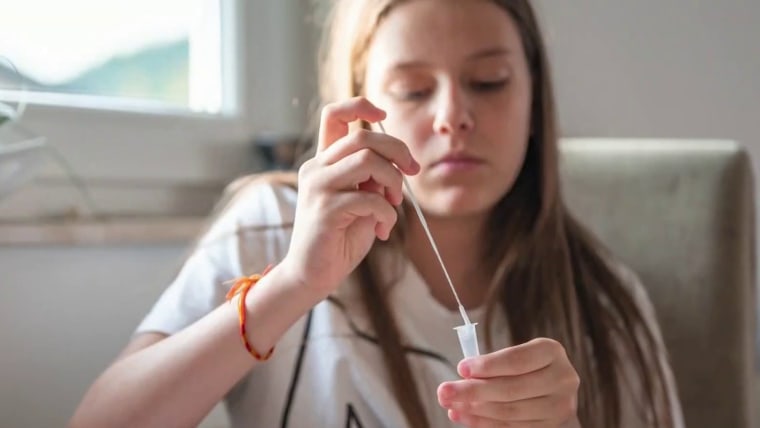
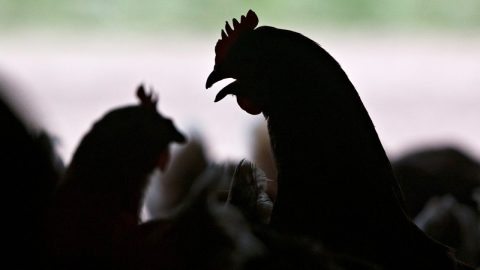
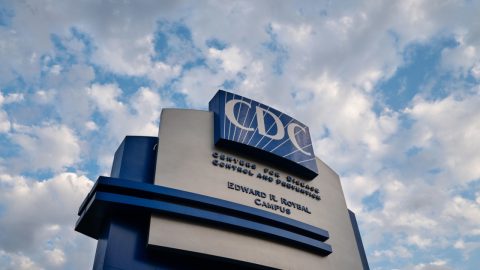
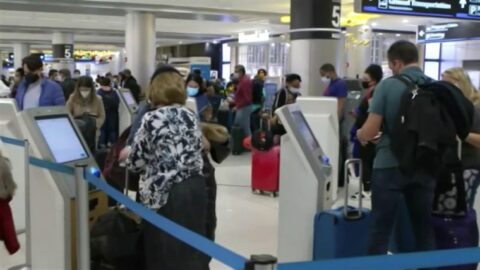

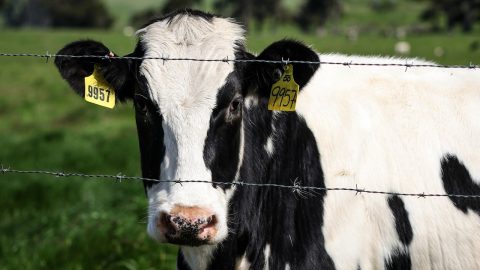
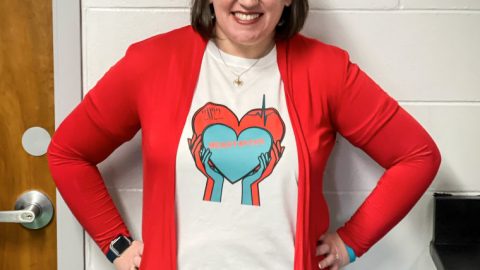
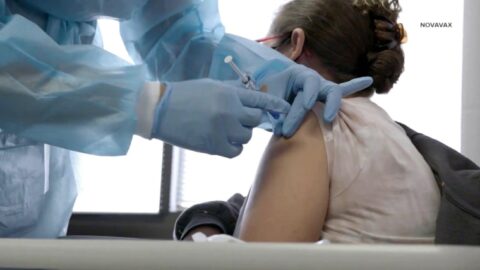

Recent Comments